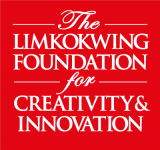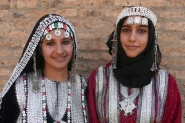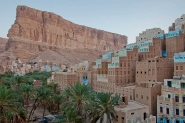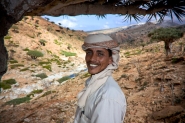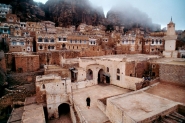_Small.jpg) Photo Credit : https://www.shutterstock.com
Photo Credit : https://www.shutterstock.com Photo credit : https://www.pinterest.com
Photo credit : https://www.pinterest.com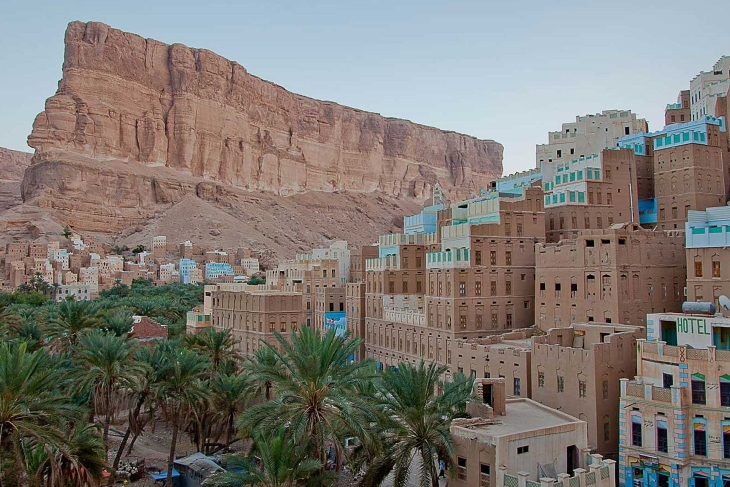 Photo credit : https://www.flickr.com
Photo credit : https://www.flickr.com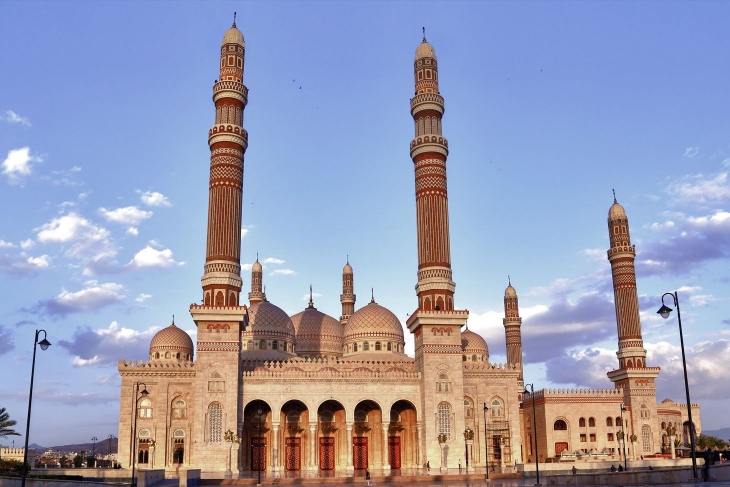 Photo credit : http://www.29travels.com
Photo credit : http://www.29travels.com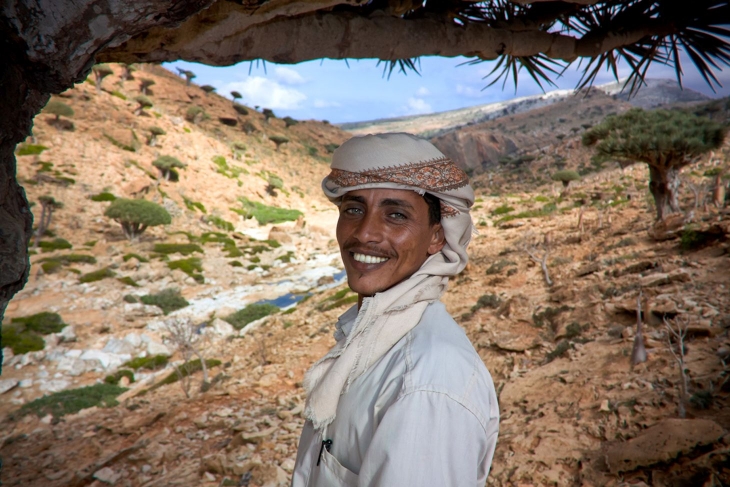 Photo credit : https://matadornetwork.com
Photo credit : https://matadornetwork.com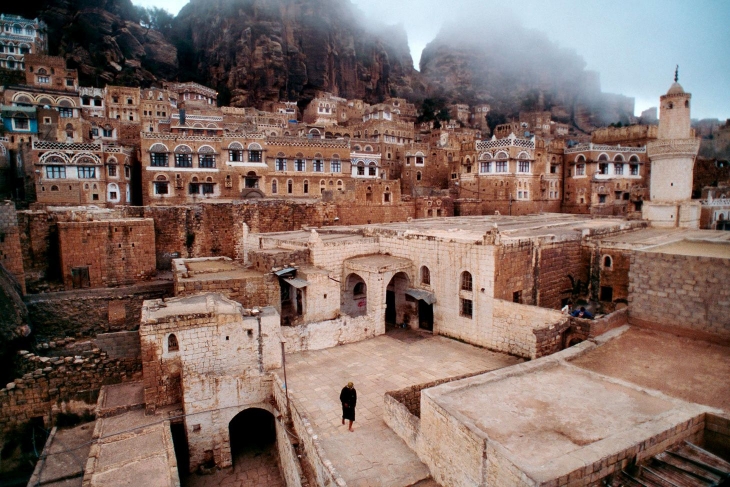 Photo credit : https://delhi4cats.wordpress.com
Photo credit : https://delhi4cats.wordpress.com
The Republic of Yemen is an Arab country that occupies the southern end of the Arabian Peninsula. As the second largest country in the peninsula, it is bordered by Saudi Arabia in the north, the Red Sea in the west, the Gulf of Aden and Arabian Sea at the South, and Oman in the east-northeast.
Yemen consists of mostly desert regions with hot and humid climate along the west coast. The western mountains are affected by seasonal monsoons resulting in temperate weather conditions. The eastern deserts are extraordinarily dry and harsh. The country’s territory includes more than 200 islands with the largest island being Socotra.
The current capital is Sanaa, one of the world’s oldest continuously inhabited cities. The city provides a slow paced lifestyle that offers tremendous opportunities for people watching and learning Arabic languages.
Yemeni economy relies on natural resources. These natural resources include petroleum, fish, rock salt, marble, small deposits of coal, gold, lead, nickel and copper.
The Yemeni history is a crossroad of culture. The country’s history dates back to the ancient kingdoms of Minaean (1200 – 650 BC) and Sabaean (750 – 115 BC).
The country has been invaded by the Romans in 1st century AD, and the Ethiopians as well as the Persians by the 6th century AD. It converted to Islam in 628 and by the 10th century, it came under the control of the Rassite dynasty of the Zaidi sect. The Ottoman Empire governed the country from 1538 until the empire declined in 1918.
The culture of Yemen thus has a long and ancient history with influence from Islam. It has acquired a distinct identity due to its closer ties with the Horn of Africa, namely Somalia, Eritrea, Djibouti and Ethiopia.
Modern history of Yemen began when it gained independence from the Ottoman Empire in 1918 and was governed by the Hamidaddin monarchy. It is still continuing to develop itself after a series of conflicts.
















